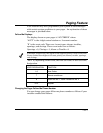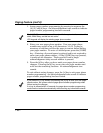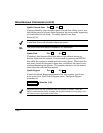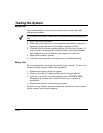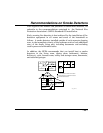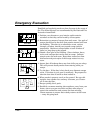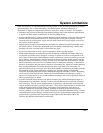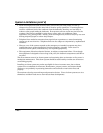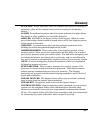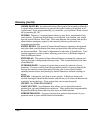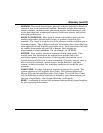
– 24 –
Emergency Evacuation
2nd FLOOR
BACK
FRONT
floor_plan2-V0
BATH
CLOSET
BEDROOM
BEDROOM
BEDROOM
1st FLOOR
BATH
KITCHEN
BEDROOM
BEDROOM
PORCH
BACK DOOR
Establish and regularly practice a plan of escape in the event of
fire. The following steps are recommended by the National Fire
Protection Association:
1. Position your detector or your interior and/or exterior
sounders so that they can be heard by all occupants.
2. Determine two means of escape from each room. One path o
f
escape should lead to the door that permits normal exit from
the building. The other is an alternative route, such as
through a window, should your normal escape path be
unpassable. Station an escape ladder at such windows if
there is a long drop to the ground.
3. Sketch a floor plan of the building. Show windows, doors,
stairs, and rooftops that can be used to escape. Indicate
escape routes for each room. Keep these routes free from
obstruction and post copies of the escape routes in every
room.
4. Assure that all bedroom doors are shut while you are asleep.
This will prevent deadly smoke from entering while you
escape.
5. Try the door. If the door is hot, check your alternate escape
route. If the door is cool, open it cautiously. Be prepared to
slam the door shut if smoke or heat rushes in.
6. When smoke is present, crawl on the ground. Do not walk
upright, since smoke rises and may overcome you. Clearer
air is near the floor.
7. Escape quickly; don’t panic.
8. Establish a common meeting place outdoors, away from your
house, where everyone can meet and then take steps to
contact the authorities and account for those missing.
Choose someone to assure that nobody returns to the house
— many die going back.




